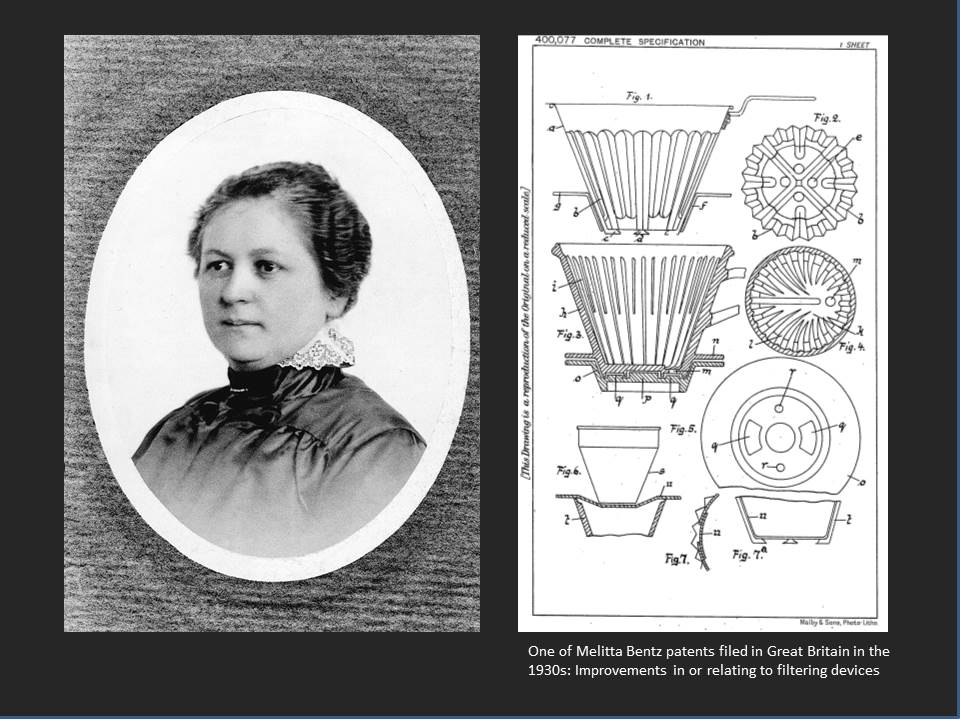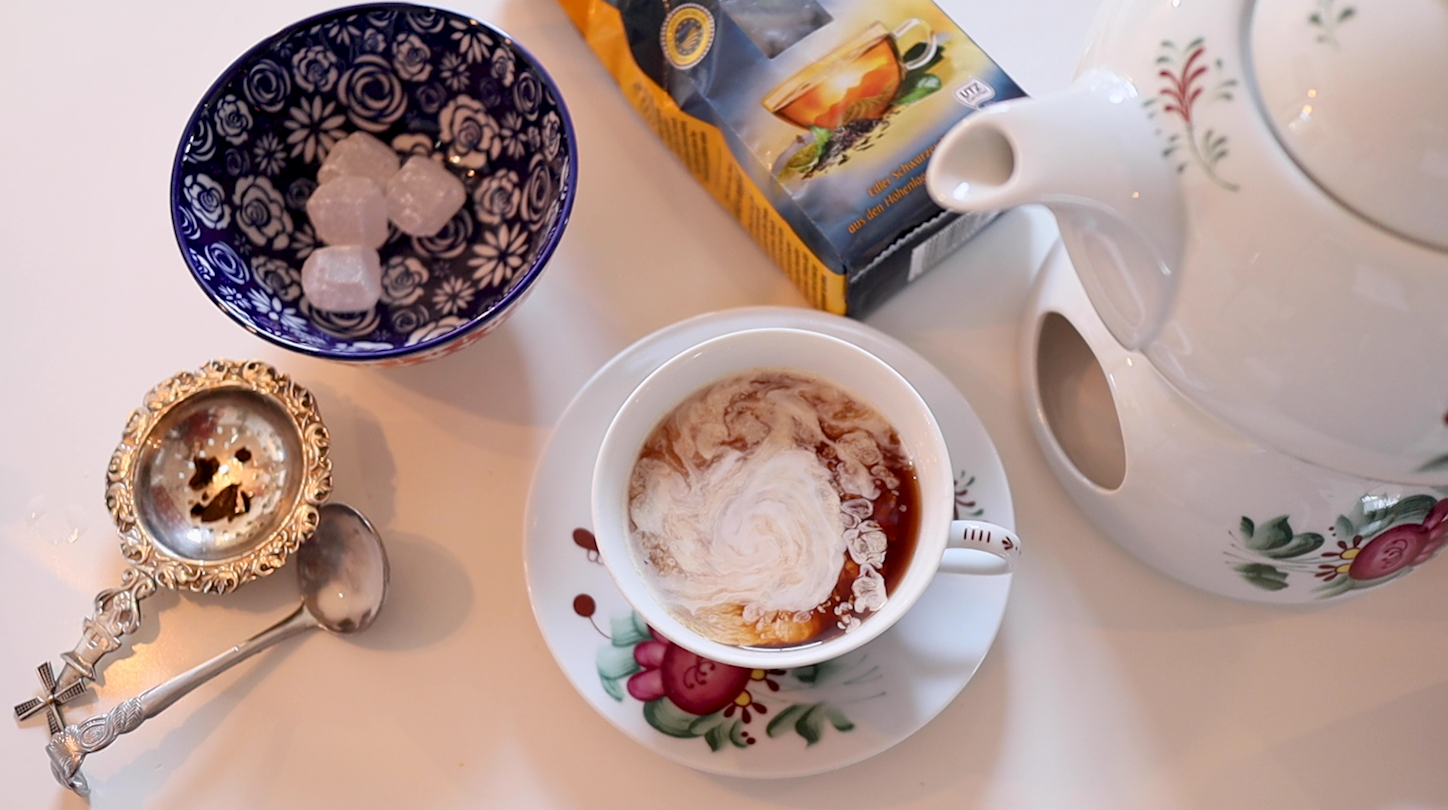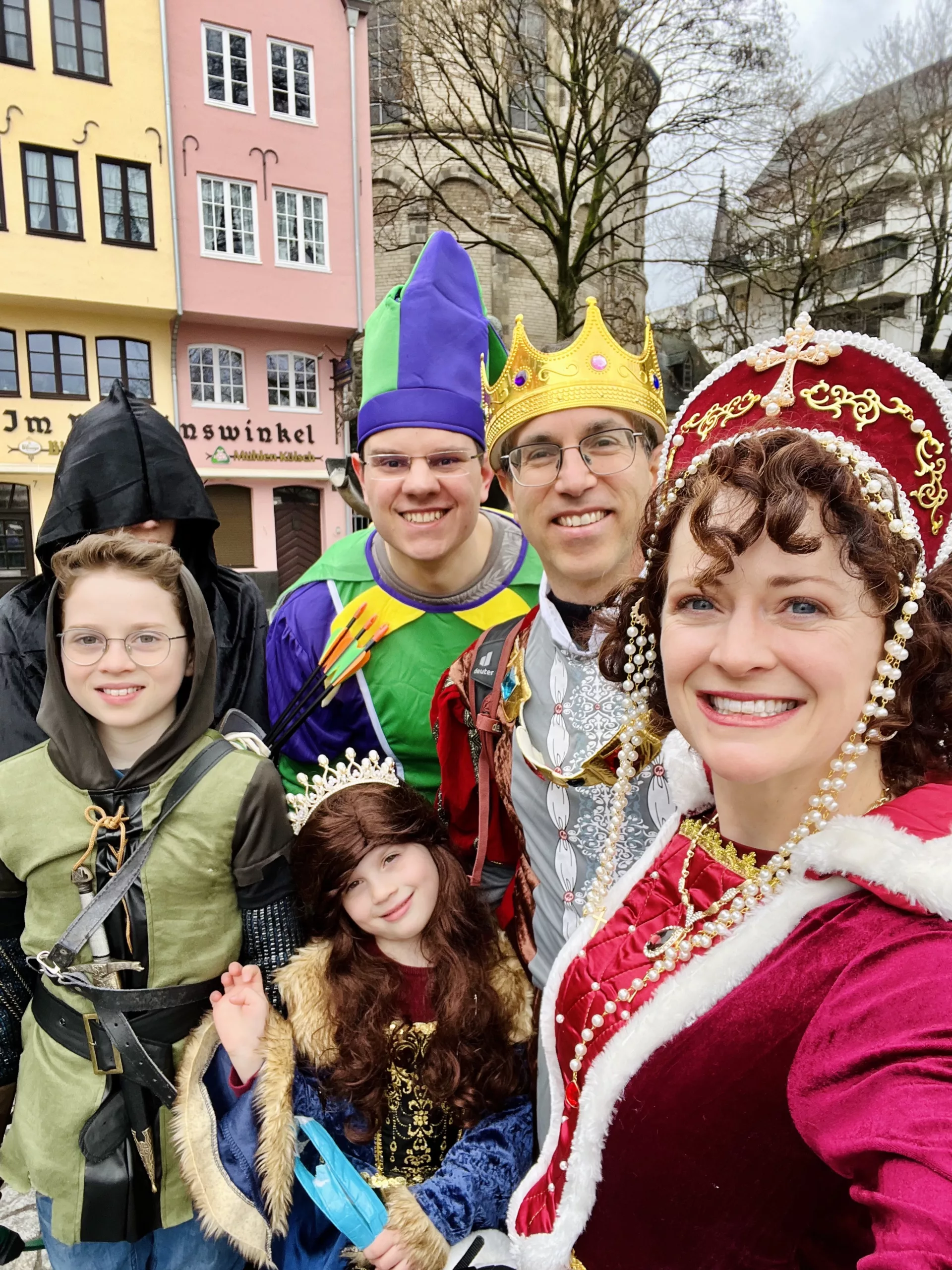German Coffee and Tea Culture – Which Do They Love More?
Today, we explore German coffee and tea culture and the fascinating reasons why both became popular throughout history. I’ll also try an Ostfriesische Teezeremonie (or an East Frisian tea ceremony) for the first time!

German Coffee and Tea Culture & History
Coffee seems to be KING in Germany. I mean, after all, we do have an afternoon tradition called “Kaffee und Kuchen,” not “Tee und Kuchen.” So do Germans also love to drink tea? The answer might surprise you.
In a video where we tried some Christmas sweets, I casually threw out a comment that coffee is much more popular in Germany than tea. Many commented that in the south of Germany, that’s true, but not in the north. They also told me about the East Frisian tea ceremony, so I got curious and started learning more about it.
First, I wanted to find out the facts on tea vs. coffee – which is more popular? Was I right in believing that coffee is more popular than tea, or were the Germans who commented correct? It turns out, we’re both correct – but it’s complicated.
German Coffee History
Germany is the third largest coffee market in the world after the United States and Brazil. Coffee was not even consumed in Europe until the 17th century. Before that, it was water, wine or beer!
Coffee was introduced to Europe in 1526 when the Turks invaded Hungary. It then spread across Europe, and the first coffee house opened in Venice in 1645. But for Germany, coffee came through the north sea port of Hamburg (1677). Initially, this new beverage was written in the English form coffee, but during the 1700’s, the Germans gradually adopted the French word café, then slowly changed the spelling to Kaffee, which is the present word.

German Coffee Houses
Between the 17th and 18th centuries, coffee houses began to appear all across Europe. They were a place where traders, the wealthy, and the educated would meet to talk about business, current events, and philosophy. Proper coffee was imported from Arab countries, and the poor had to drink “fake” coffee made from chicory or malt. Tea was a drink only the wealthy could afford and was also served in these coffee houses. It wasn’t until the early 19th century, when slave labor became common, that the prices of tea and coffee became low enough for the poor also to be able to afford these beverages.

The Coffee Filter was Invented in Germany
The paper coffee filter was invented right here in Germany by Melitta Bentz, a housewife from Dresden. Her invention paved the way for her to start the Melitta company, which has had its headquarters in Minden in the state of North-Rhine Westphalia since 1929. Today provides employment for more than 3,500 people.
Which is more Popular in Germany – Coffee or Tea?
So, when we are referring to caffeinated tea, coffee is still much more popular across Germany than tea, with the exception of East Frisia. Herbal teas are popular countrywide, but I’ll get to that in a minute. So while people from India and the UK are well-known for their tea drinking and tea culture, the people of East Frisia actually drink more liters per capita than both of them!
Per capita, Germans drink on average 28 litres of tea per year, and 150 litres per year of coffee.
Ostfriesland (East Frisia) – the One Exception
Now the one region in Germany where this is totally different is East Frisia or Ostfriesland.
While Germany itself ranks as number 84 on the list of tea-drinking countries, with a per capita consumption of 28 liters, the people of East Frisia drink, on average, more than anyone else in the world, as now confirmed by the Records Institute for Germany. Annual tea consumption there is about 300 liters per capita—a whopping 100 liters more than the average consumption in the UK.

East Frisians averaged an astonishing 300 liters per capita during 2020, according to the Record Institute for Germany. The institute noted that the 475,000 residents there drink an average of 6 cups of black tea a day, an estimated 14 million liters per year, exceeding per capita totals for Ireland (222 liters), Great Britain (177 liters), and Libya (287 liters). According to the International Tea Committee, Turkey at 277 liters, broke its own record for consumption in 2020, with a per capita increase from 3.5 to 4 kilos.
Now while the rest of Germany enjoys Kaffee und Kuchen, in East Frisia, it’s more popular to drink black tea with waffles, according to DW.com. Apparently, it is rude to walk away from your host having drunk anything less than three cups of tea.

History of Tea in Germany
As I mentioned earlier, tea started to become popular in Germany at around the same time that coffee did and was also served in those coffee houses, Again, only the rich enjoyed these drinks.
Once WWII began, tea was rationed to only 10 grams (1/2 ounce) per person per month. The tea drinkers of East Frisia were afforded an extra Teekarten allowing for increased tea rations. However, this was still not enough, and people got inventive with herbs and sugar, crafting their own tea substitutes.

Most Popular Herbal Teas in Germany
Schwarztee (black tea) and Fruchttee (fruit tea) are the most popular throughout Germany, with Kamillentee (Camomile), Fencheltee (Fennel), Hagebuttentee (Rosehip) and Pfefferminztee (Peppermint) all making an appearance.
When Germans are Sick, they Often Reach for Herbal Tea
So one thing I’ve noticed in Germany is that HERBAL teas seem to be very popular to use when one is sick, but I couldn’t find any actual data on the subject. There are large varieties of herbal teas even here in our small local stores. I was talking to our neighbor not too long ago, and I told her Ella had a stomach ache. She suggested I give her lots of peppermint tea. Our local pediatrician has also recommended tea when our kids are sick, and there are many good varieties in the stores. So German friends, in the comments below, tell us, do you think herbal teas as remedies for stomach aches, colds, and minor illnesses are quite popular here in Germany?






